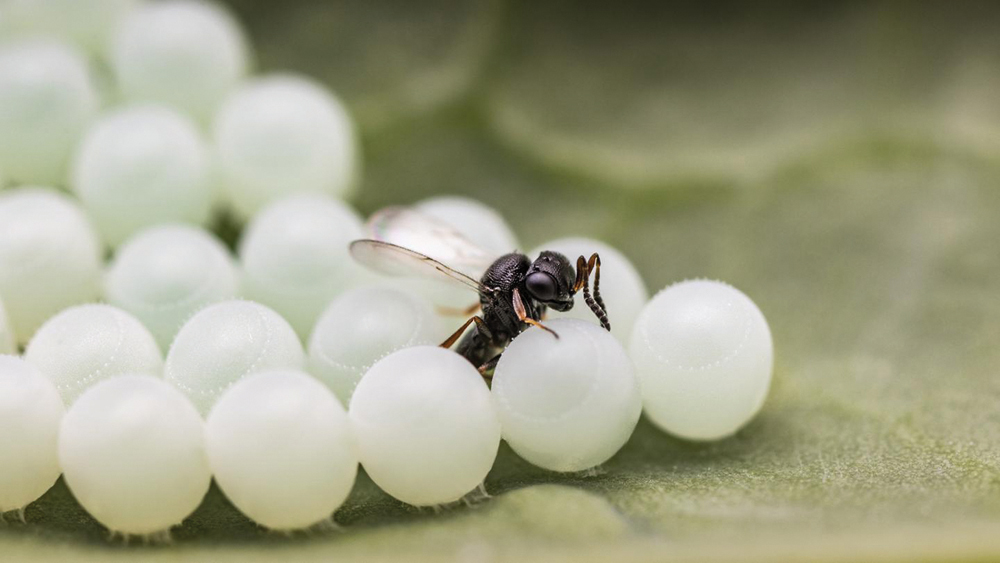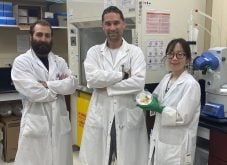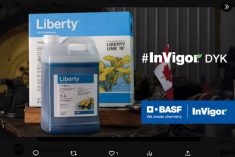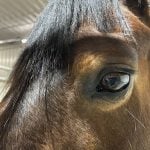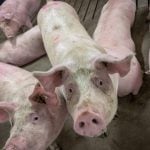Regulatory limits to the introduction of biocontrols like parasitic wasps may prove to be a moot point.
They could already be being unintentionally released into Canada along with their prey.
Paul Abram, of Agriculture and Agri-Food Canada, has been looking for native predators for the brown marmorated stink bug, a pest introduced to B.C. in recent years from its natural range in Asia.
At a heavily infested site near Chilliwack he found something unexpected — a non-native natural predator called the samurai wasp that comes from the same region, he wrote recently in the Journal of Hymenoptera Research.
Read Also

Finally getting paid for sustainable farming?
Alberta project says they might have a line on a workable ecosystem credit model to reward farmers for sustainability, and Manitoba might be next
“Classical biological control of invasive pests, where natural enemies are imported and intentionally introduced from a pest’s area of origin, involves years of research to assess risks and benefits of proposed introductions, followed by regulatory approval,” wrote the researchers.
“However, there is increasing recognition that unintentional introductions of natural enemies are probably common, introducing a high level of uncertainty to the regulatory process for biological control.”
The brown marmorated stink bug is highly damaging to a wide range of vegetable and fruit crops, including peaches, apples, pears, soybeans, cherries and raspberries. Infested areas in both the U.S. and Europe also saw the arrival of the samurai wasp amid assessments whether releasing samurai wasps in the wild should be warranted.
Field surveys and extensive analyses are currently underway to track the establishment and biological control impact of the samurai wasp in Canada.

